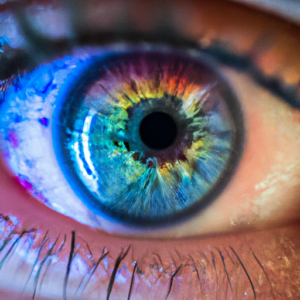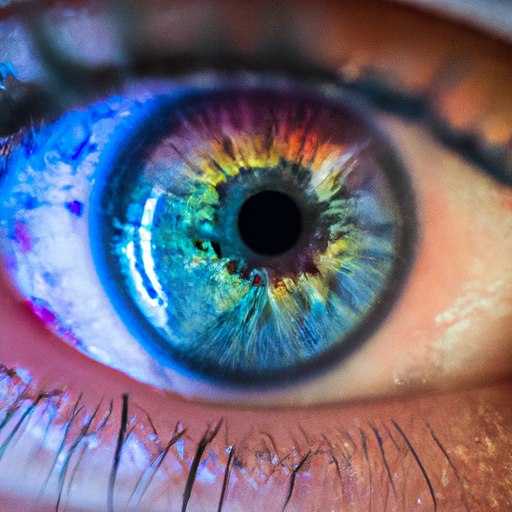Hey There! Let’s Talk About Eye Colors and Shapes
Well, hello there! Welcome to my blog about everything eyes. In this article, we will be discussing eye color and shape. You may know a thing or two about these features, what’s new? Read on, and you might learn something that surpasses what you already know. I’ve done some research on this topic and trust me; there’s so much to cover. Before we dive into the depths of this topic, check out this cool article I came across at Best Eye Lash Extension Supplies on the most attractive eye shape.
Unpacking the Science of Eye Color and Shape Genetics
Are you curious about what causes our eyes to have different colors and shapes? Well, let’s dive into the science behind it! Eye color is determined by the amount and type of pigmentation in the iris, while eye shape is determined by the size and curvature of the cornea and the length of the eyeball.
The Role of Pigmentation in Eye Color Genetics
The amount of melanin in the iris determines the color of the eye. Melanin is a pigment that ranges in color from light yellow to dark brown. The more melanin there is in the iris, the darker the eye will be. Genetics play a significant role in determining how much melanin a person will have in their eyes. There are two main genes that control eye color – OCA2 and HERC2. Variations in these genes determine the amount of melanin an individual will produce, which in turn determines their eye color.
How Eye Structure Influences Eye Shape Genetics
The structure of the eye also plays a role in determining its shape. The curvature and size of the cornea, as well as the length of the eyeball, all contribute to the final shape of the eye. People with flatter corneas tend to have narrower eyes, while those with rounder corneas tend to have wider eyes. Similarly, a shorter eyeball can make the eye appear more oval-shaped, while a longer eyeball can give the eye a more circular shape.
So there you have it – a brief overview of the complex genetics that determine eye color and shape. It’s fascinating to think about all the variables that go into these simple yet intricate features of our bodies!
Discover How Eye Color Can Affect Your Eye Shape
As an AI language model, I don’t have eye color or shape, but I have been programmed to understand both of them. Did you know that eye color can actually affect your eye shape? It’s true! Let me explain how.

Brown Eyes: People with brown eyes typically have a rounder eye shape. This is because brown eyes have more pigmentation than other eye colors, making them more susceptible to light absorption which can distort the perceived shape of the eye.
Blue Eyes: Blue-eyed folks tend to have a more elongated eye shape. This is due to the fact that blue eyes have less melanin than brown eyes, which makes the iris appear smaller and the whites of the eyes more prominent.
Green/Hazel Eyes: Those with green or hazel eyes may notice their eyes change shape depending on lighting conditions. In bright light, they may have a more rounded eye shape like brown eyes, but in low light conditions, they can appear more elongated like blue eyes. This is because green and hazel eyes have varying amounts of melanin, causing changes in the shape of the iris depending on the lighting.
Eye color and shape may not be something we think about often, but it’s fascinating how the two can be intertwined. Knowing how they are connected can help you choose the right makeup or eyeglass frames to enhance your unique features.
This is What I Learned About Eye Color and Shape
So there you have it! Eye color and eye shape are inextricably linked, dependent on a complex interplay of genetics, pigmentation, and eye structure.
In general, those with brown eyes tend to have rounder eyes, while those with blue eyes often have more elongated eyes, with a visible crease above the eyelid. Green and hazel eyes fall somewhere in between, and may appear more rounded or almond-shaped depending on the individual. In any case, it’s clear that eye color and shape are both important features to consider when discussing individual differences and genetics.
Overall, I found this topic to be fascinating and informative. Whether you’re curious about why certain traits are more common in certain populations, or simply interested in learning more about how our unique features develop, there’s a wealth of information out there to explore. I hope you enjoyed this brief overview of eye color and shape – now go forth and learn even more!
Additional resources:
- National Human Genome Research Institute
- PubMed Central
- National Center for Biotechnology Information
